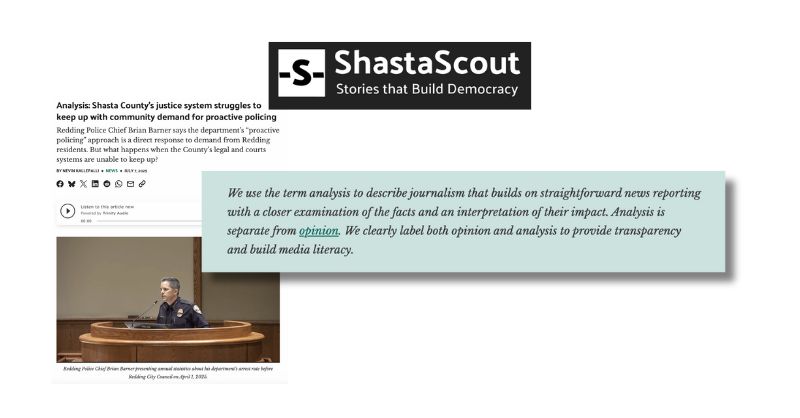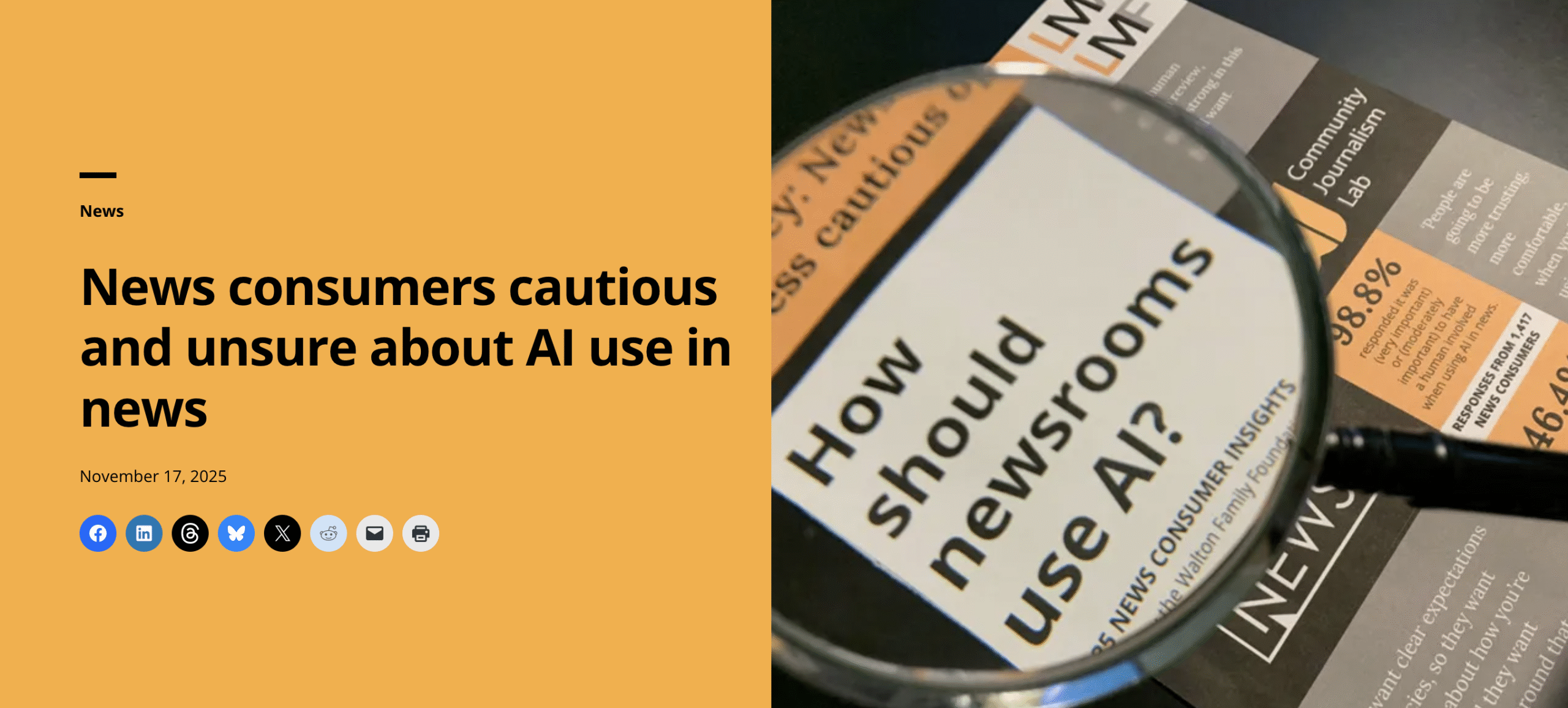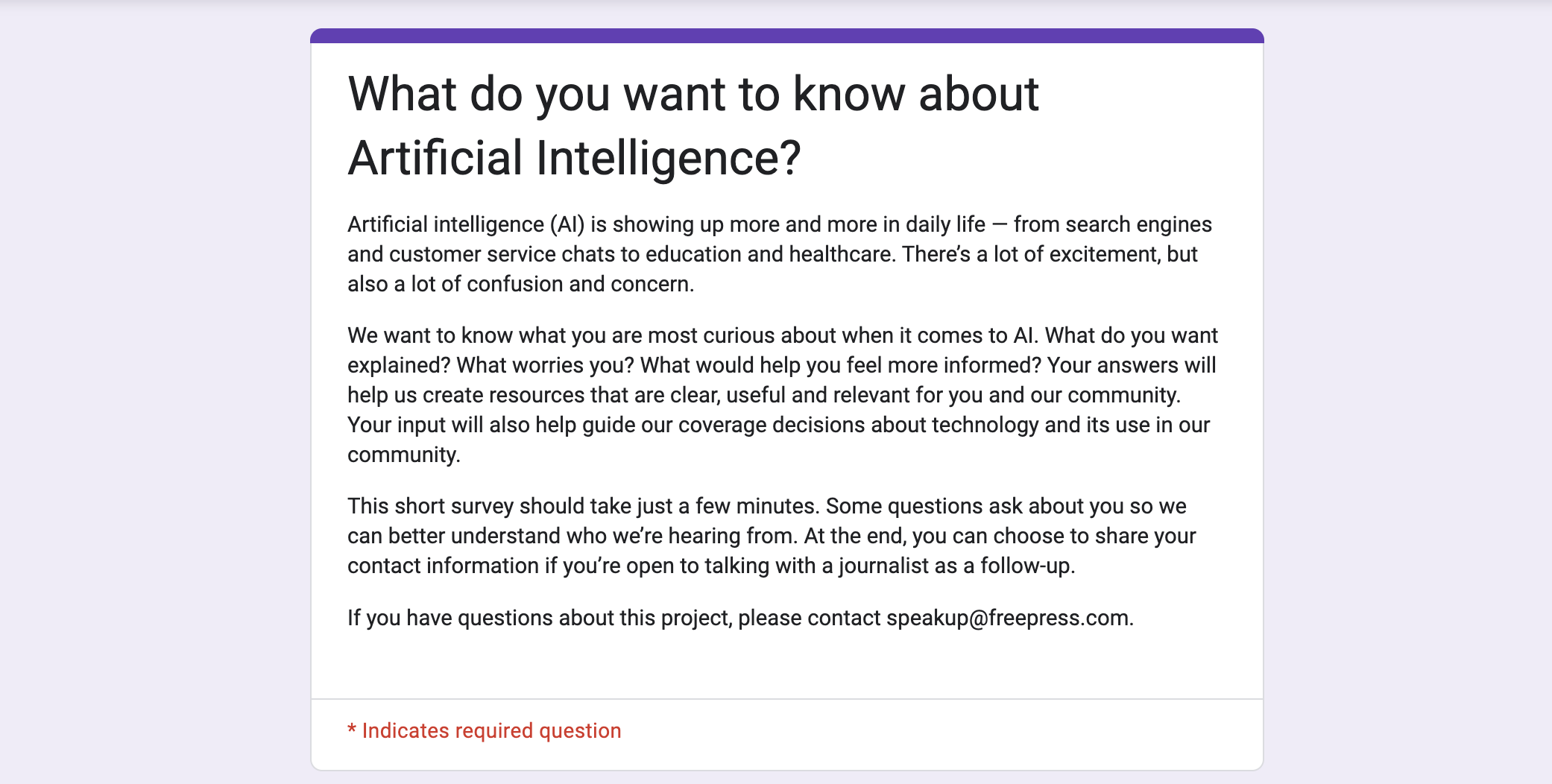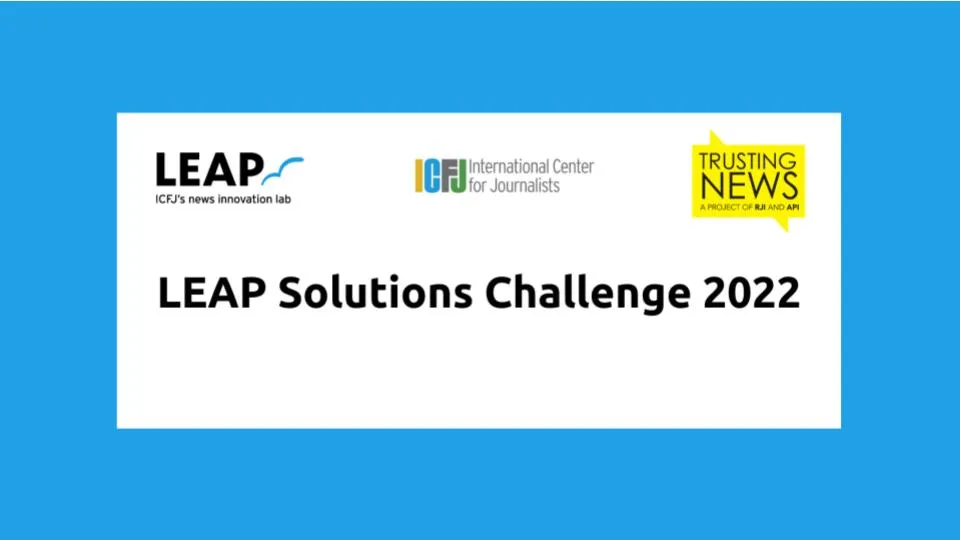
Through the Leap innovation training program, The International Center for Journalists and Trusting News challenged journalists to answer this question: What can we build to increase trust in journalism now — and ensure misinformation and polarization do not find a foothold in future spaces?
Journalists from around the world are creating products to create transparency and build trust with their communities
Through the Leap innovation training program, The International Center for Journalists and Trusting News challenged journalists to answer this question: What can we build to increase trust in journalism now — and ensure misinformation and polarization do not find a foothold in future spaces?
After 10 weeks of working together, almost 40 journalists from Africa, Asia, Europe, Latin America, the Middle East and North America have designed, prototyped and developed some answers to that question. Their answers resulted in potential products newsrooms can use and primarily fall into three main themes:
- Finding better and more efficient ways to engage with communities. We know engagement and listening can help build trust. But it takes time. The journalists worked to explore options to make engagement and listening work more scalable while thinking about the community as individuals but also as representative groups.
- Reach communities where they are. We often hear news organizations say they will do this but rarely see it as a priority in practice. These journalists thought carefully about who their users are and where they are communicating with one another. They used that information to prioritize where they would build products for this work.
- Transparency as a default instead of an afterthought. We know transparency can build trust. Often though, transparency is something created after a story publishes or most of the reporting is complete. Several newsrooms are committing to making transparency the first focus for stories and their news organization.
During the training program, the journalists participated in newsroom teams or as groups of individual journalists. To come up with these ideas, they first learned about trust in news and how transparency can help build and rebuild trust with news consumers. Next, they spent six weeks thinking of solutions through a design-thinking and development process.
Below is a summary of what each team developed and how we, at Trusting News, think the product could help build trust.
See an idea you are curious about? Are you trying something similar? Send me an email: Lynn@TrustingNews.org.
Read this Medium post to see how Trusting News has been thinking about how products and technology can be used to help build trust. Click here to read more about ICFJ’s commitment to this work, including fellowships and Media Party. For more information on the journalists and their newsrooms click here.
The Products

Facts Inclusive Toolbox from News Verifier Africa
The idea: Build a tool to provide fact-checks to people with hearing and visual impairments. Use videos that include sign language and animation to make them easy to consume. To optimize the user experience the team will use text-to-audio plugins and voiceover technology. The team plans on primarily using WhatsApp but will post the content to its website and share on social media platforms as well. There also is potential to share what is produced with other news organizations for further reach and distribution.
How it could help build trust: Being informative is an attribute to trust. By providing helpful and useful information to people in formats they can easily consume, you are able to be informative. This project has the potential to do that while also showing the news organization cares about reaching people in formats and ways easy for them, even if they have a disability.
Who was involved: Olakunle Mohammad, Passmore Ndlovu, Adeyemi Okediran, Zainab Oyiza Sanni

Dromo-Bot from Dromómanos
The idea: Create an artificial intelligence bot to monitor, detect and analyze the language of violence against journalists on Twitter in Mexico, El Salvador, Nicaragua, Colombia, Venezuela, Guatemala, Brazil and Honduras. The team plans on monitoring the accounts for one year and then using the data to look for trends. The team’s goal is to use what they learn to help journalists deal with violence by anticipating it instead of being reactive.
How it could help build trust: If journalists feel more comfortable and safe engaging with their communities online, it would allow for more people to be able to interact with journalists. If more people can reach journalists it could help them better know who they are, how they operate and what their goals are. It also would allow journalists to feel more comfortable and safe listening to their communities which can contribute to stories that are more reflective of the communities they serve.
Who was involved: Roxana Aguilar, Donají Marcial, Rafael Morales, Mariana Nolasco, Alejandra Sánchez

Amazon Eye
The idea: Build a WhatsApp chatbot where people can be the eyes of the Amazon rainforest. Through the chatbot, people can submit photos and information about deforestation and other hazards happening in the Amazon. This content would help journalists, fact-checkers, governments and environmentalists better map what is happening in the rainforest while providing them a starting point for stories and research. The team plans on developing this as an open-source product with a future plan of building it for other platforms like Telegram. The team hopes Amazon Eye will increase the involvement of users in the data collection process news organizations do, with the hope it inspires people to join the fight against deforestation.
How it could help build trust: User engagement in online news interactions can increase the public’s interest and trust in news organizations, as they can see their stories and issues they care about represented in news coverage.
Who was involved: Mathias Felipe de Lima Santos, Rajneesh Bhandari, Mais Katt, Amr El-Eraqi

Transparency Layer from Vox
The idea: Create products that add a transparency layer to the news organization’s website with the goal of building trust and engagement with the Vox community. The transparency elements include author bios, participation callouts, and beat memos on how coverage decisions are made. The team is working to make the elements enhance the user experience on the website by thinking carefully about placement and the functionality of the elements. The journalists are also working to make the elements automatically added to stories instead of having to be added by reporters and editors.
How it could help build trust: Through our research we know transparency elements within stories build trust. We have also learned the easier the elements are to include in stories the more likely they are to be added. By thinking carefully about placement, workability and how these elements fit into the reporting process, the team is taking what we know about adding transparency elements and trust and creating opportunities for improving how and where news organizations include these elements while increasing the likelihood of users seeing them and journalists using them.
Who was involved: Ryan Gantz, Marcus Haddon, Susannah Locke, Jacqué Palmer, Daniel Shannon

Foro Mutante from Mutante
The idea: Develop the best tool to gather, analyze and respond to user questions, comments and curiosities. The team wants to develop a tool that allows newsrooms to quickly hear from their community and more efficiently respond to help make their engagement more effective. This tool could also help journalists more quickly identify trends within the feedback they receive, allowing them to identify potential story ideas, story improvements and community needs.
How it could help build trust: Most journalists want to hear from their communities but a lot struggle with how to make time for the work. If products and technology can make this work easier for busy journalists, it increases the likelihood of newsrooms prioritizing and committing to listening and engagement work.
Who was involved: Maria Paula Murcia, Camila Rodríguez

Building TNGR.TV from TenGer TV
The idea: Create and launch a website with transparency and trust at the heart of it by dividing it into four main sections: community, stories, transparency and team. These sections will make it easy for users to find out who the journalists are and contact them easily, provide details about the news organization’s mission, goals and process and make it clear they want to build a community with their users. The team is also experimenting with using a QR code on-air to invite users to join the conversation related to particular stories.
How it could help build trust: By being transparent about news organization values, processes and what differentiates them from other “media” journalists are able to separate themselves from common misassumptions (often negative) people associate with journalism.
Who was involved: Undral Amarsaikhan, Delgerzaya Delgerjargal, Khulan Jugder, Tsogtbilguundari Khishigbat, Batchuluun Tsetsgee
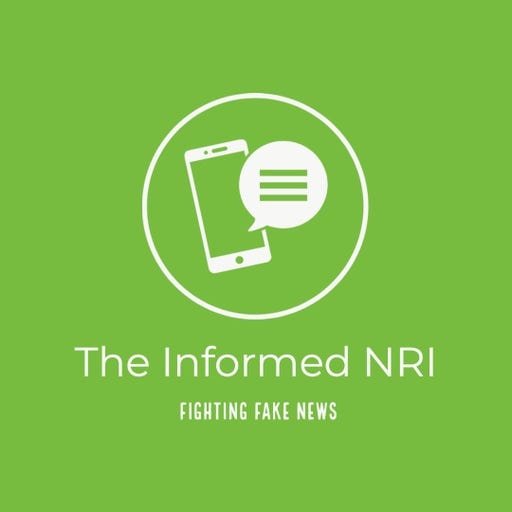
The Informed NRI from The NRI Nation
The idea: Create a WhatsApp-based interactive media literacy tool to fight the misinformation that targets the global Indian diaspora. NRI will launch the project with a five-day-long newsletter covering topics that will help users spot false information. The team plans to build an audience by creating the content in English and other regional languages. After they are able to provide educational information to help people detect misinformation they will ask the community to send questionable posts and possible misinformation to be fact-checked while training the community on how to be fact-checkers themselves.
How it could help build trust: Consuming information is often a frustrating and confusing experience for people. By helping them better navigate the information space (through media literacy and education) journalists are making the experience more enjoyable, useful and less frustrating. People can then see journalists as reliable, informative and credible, all of which are attributes of trust.
Who was involved: Roy Mathew, Nikita Roy, Ibtesham Sarwar

“Imagine if a tip line took you through the journey of a news story,” — Nelly Kalu, LAE Solutions team.
LAE Solutions
The idea: Create an embed code that immerses seamlessly in a news organization’s web platform that allows journalists to easily listen to their communities. The code invites feedback from users while creating an internal newsroom system where journalists can easily sort and organize what is being submitted, show what they have responded to and distinguish between useful and irrelevant content. The tool also allows the community member to follow along as their comment is submitted, reviewed by a journalist, being considered by a journalist for a story and possibly be contacted by the journalist for involvement in the story. “Imagine if a tip line took you through the journey of a news story,” Nelly Kalu said while describing the potential for the tool.
How it could help build trust: We are learning that if you involve people in the news process, peel back the curtain on how it works and listen to what thoughts and ideas they have about news and information you have an opportunity to build trust and a relationship.
Who was involved: Branislava Lovre, Gulsin Harman, Nelly Kalu, Rosakebia Liliana Estela Mendoza
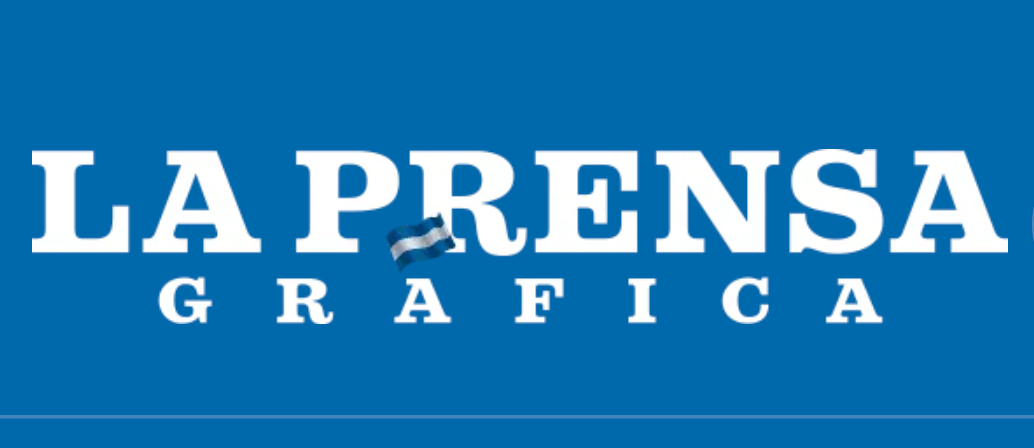
“Journalists are the protectors of memories,” — Glenda Girón
Preserving Memories
The idea: Digitize years of content produced by La Prensa Grafica in El Salvador. This will allow the content to be preserved while also allowing the creation of news stories that can help provide accurate information and combat misinformation in communities. The content could also be used in schools to assure stories and information from the past are not deleted, burned, banned or ultimately eliminated by governments and other organizations determined to create false narratives and alternative versions of history. “Journalists are the protectors of memories,” Glenda Girón said while talking about the importance of this project.
How it could help build trust: By helping people find reliable and accurate information, journalists can be seen as reliable, informative and credible sources, all of which are attributes of trust.
Who was involved: Glenda Girón
For more information about the journalists and their newsrooms, click here.
At Trusting News, we learn how people decide what news to trust and turn that knowledge into actionable strategies for journalists. We train and empower journalists to take responsibility for demonstrating credibility and actively earning trust through transparency and engagement. Subscribe to our Trust Tips newsletter. Follow us on Twitter and LinkedIn. Read more about our work at TrustingNews.org.

Assistant director Lynn Walsh (she/her) is an Emmy award-winning journalist who has worked in investigative journalism at the national level and locally in California, Ohio, Texas and Florida. She is the former Ethics Chair for the Society of Professional Journalists and a past national president for the organization. Based in San Diego, Lynn is also an adjunct professor and freelance journalist. She can be reached at lynn@TrustingNews.org and on Twitter @lwalsh.
